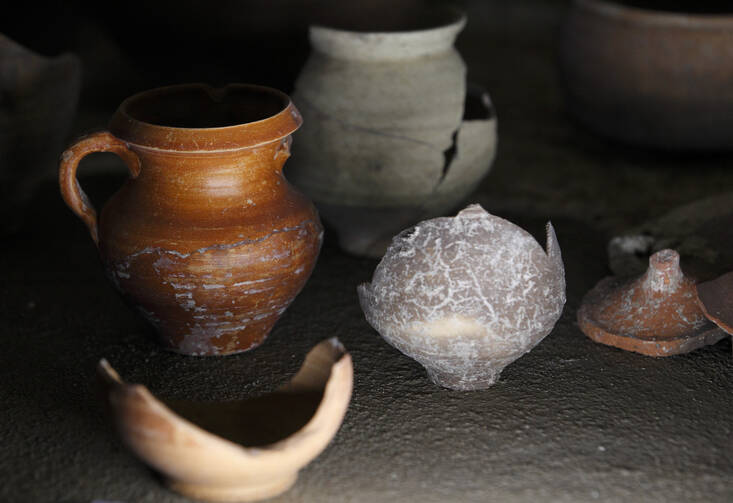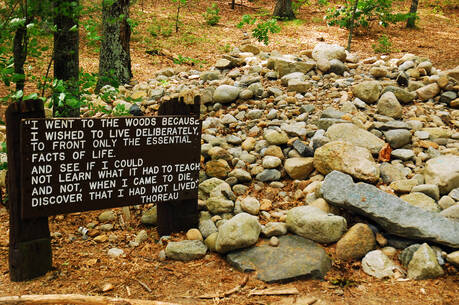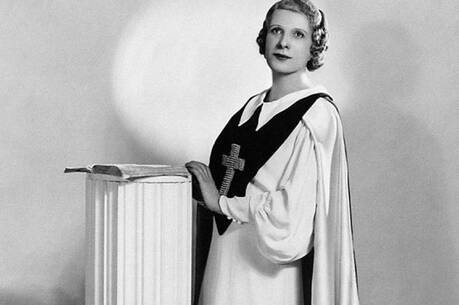The unknown role of Christian women in the early church
Most of our understanding of the role of women in early Christianity comes from literary testimony, largely written by men. With Crispina and Her Sisters, Christine Schenk, C.S.J., has performed a singular service in making accessible additional sources about early Christian women. Not herself an archeologist, the author draws on the work of notable scholars like Carolyn Osiek, R.S.C.J., and Janet Tulloch. She has immersed herself in both the physical record of early Christian women and the scholarship that has sought to interpret what has survived through the centuries, and she brings her own insights to bear as well.
Schenk first offers the reader an overview of the sociocultural place of women in the first centuries of Christianity and the efforts to control and suppress the voice of women in the community. She then examines the evidence offered by burial artifacts of prominent female Christians, particularly from the fourth century (the Crispina of the title is one such person). She shows how the visual imagery in catacomb frescoes and funeral sarcophagi, which were created by both men and women to honor prominent believing women, offer a counterpoint to the attempts to make women invisible. A very detailed study of funerary depictions of Christian women makes clear that many of these women were esteemed as interpreters and teachers of God’s word—at the very time when written texts testified to the official view that such could not be their role.
Drawing on physical artifacts principally stored in Rome, as well as the available scholarship, Schenk reviews these burial images in search of important clues about the significance of the women. There are Christian elements like the Chi-Rho symbol for Christ and images of Peter or Paul; a figure is pictured with arms outstretched in the praying (orans) position; or there are other elements present that suggest a learned woman, including scrolls, codices and baskets for holding scrolls. One of Shenk’s striking findings is that there are many more portraits of individual women on Christian sarcophagi than of men.
The volume also offers 14 appendices of a very technical nature. They bolster Schenk’s contention that we need to radically transform our understanding of Christian women as authority figures in the early centuries, given the esteem in which they were held for their roles as teachers and interpreters of God's word.
This article also appeared in print, under the headline “Esteemed women of the early church ,” in the April 2, 2018 , issue.









